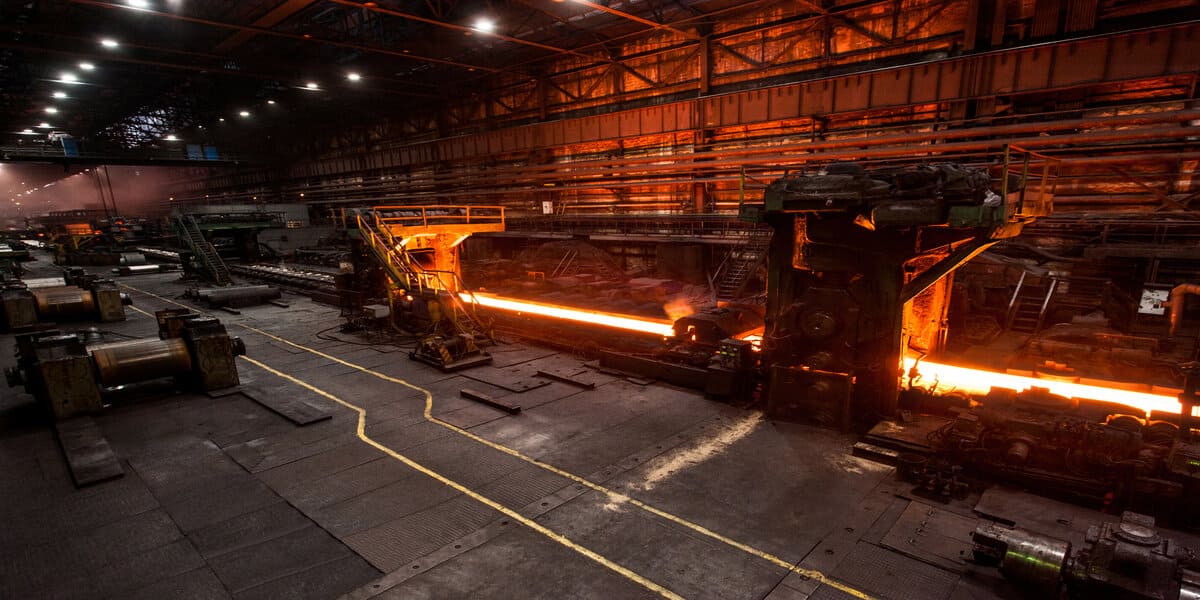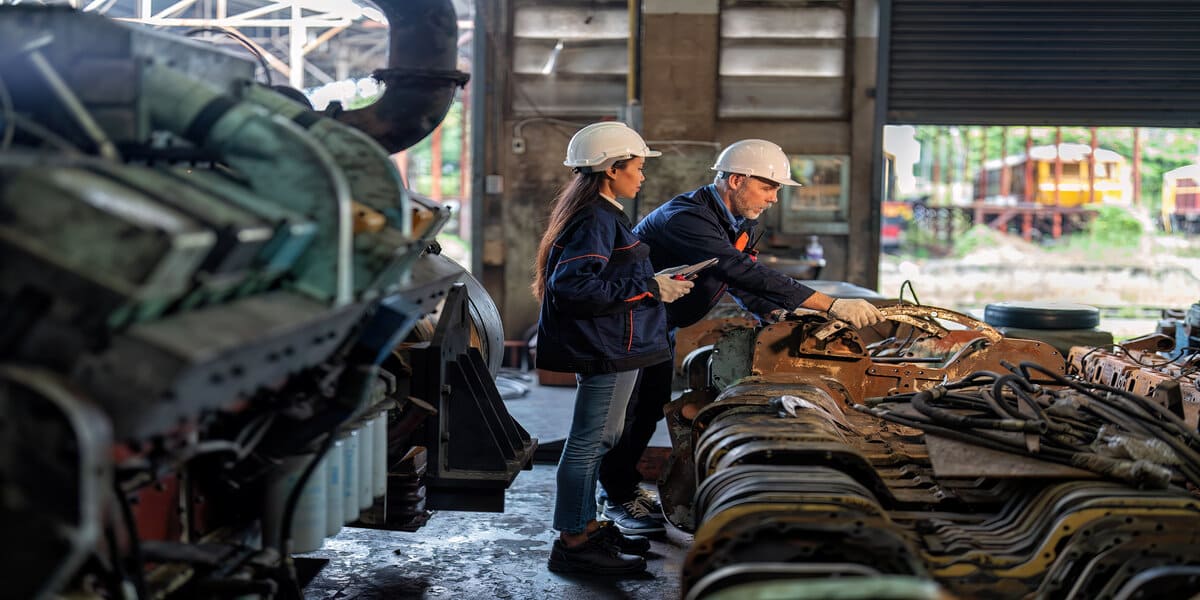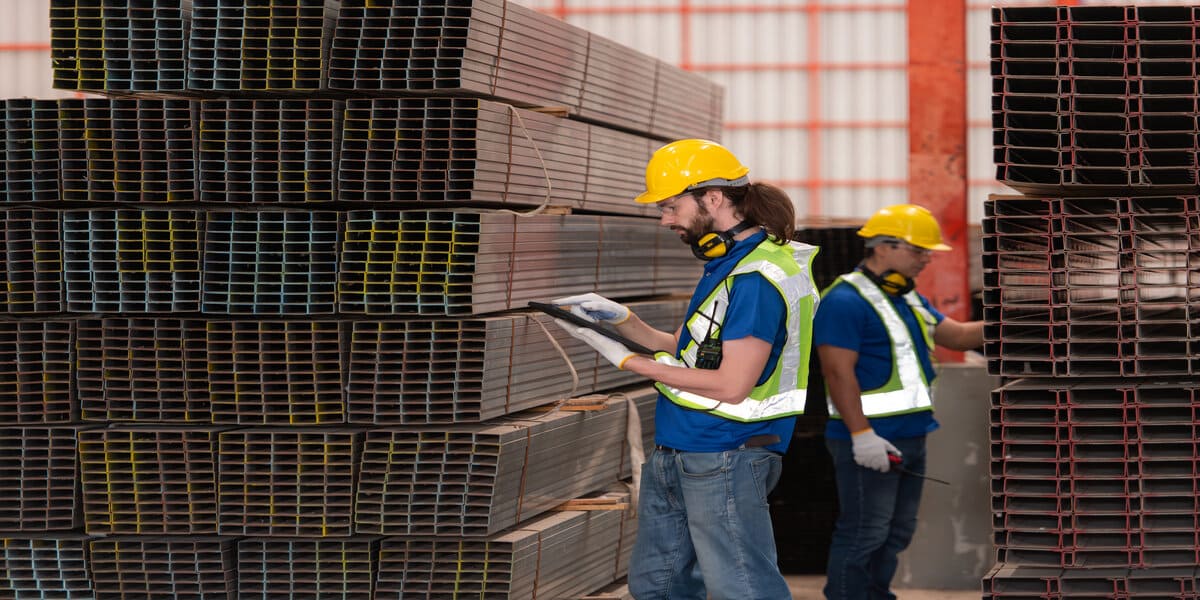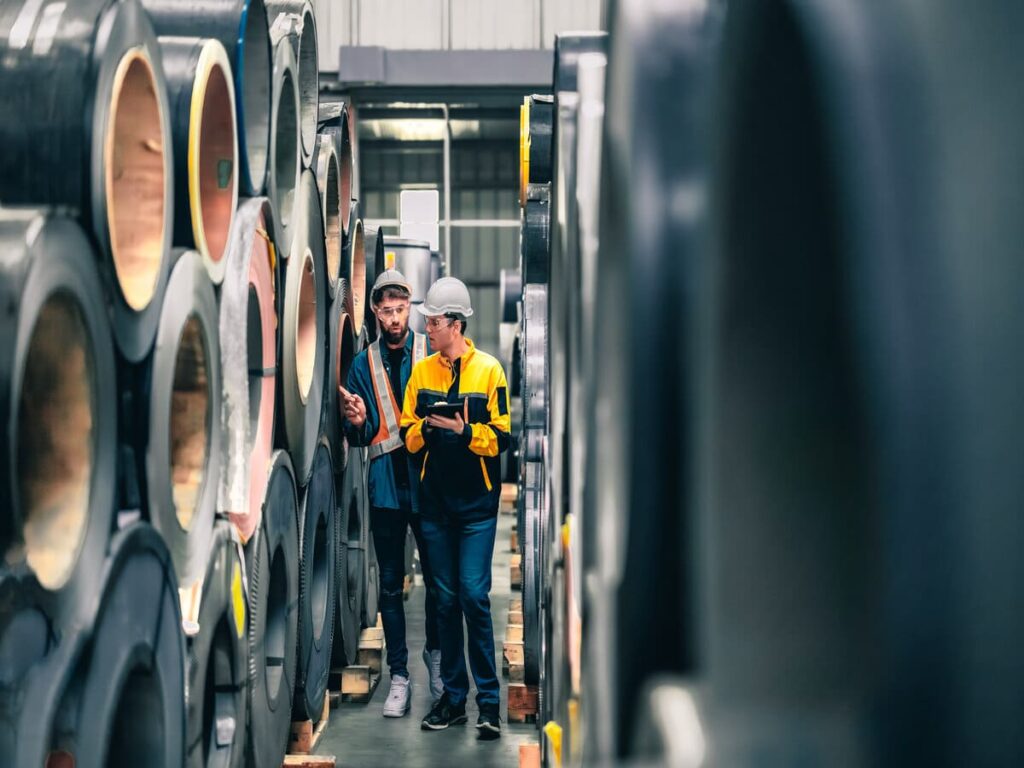The steel industry has contributed to many countries’ economic growth and development, including the United States. It provides job opportunities and contributes a lot to a country’s infrastructure and manufacturing sectors. However, in recent years, there has been an ongoing debate about the use and impact of US steel versus foreign steel.
When we talk about US steel, we refer to steel produced within the United States using domestically sourced raw materials and labor. On the other hand, the foreign counterpart refers to materials produced outside the United States and imported into the country. While both types serve the same purpose and have similar properties, there are significant differences in their production processes, costs, and quality.
Development of the US Steel Industry
The industry has a long and rich history, dating back to the 19th century when it quickly became one of the world’s leading producers. This was due to several factors, such as abundant natural resources like iron ore and coal, technological advancements, and a skilled workforce. The rise of the industry also played a role in the country’s industrialization, fueling its economic growth and expansion. However, in recent decades, the industry has faced challenges that have affected its competitiveness on a global scale.
Impact of World War II on US Steel Production
The outbreak of World War II in 1939 had a big impact on the industry. The demand for this increased exponentially as it was needed for military purposes, such as building ships, tanks, and weapons. This led to a boom in production and profits for the companies, making them major players in the world market. However, after the war ended and foreign competitors began to recover, the US steel industry faced tough competition from countries like Japan and South Korea, which were able to produce steel at lower costs due to their cheaper labor and modernized production methods.

Emergence of Foreign Competition in the 1970s
In the 1970s, the US steel industry faced its first big challenge from foreign competition. The oil crisis and economic downturn led to a decline in demand for steel, while at the same time, countries like Japan were able to produce high-quality steel at relatively lower costs. This resulted in many US steel companies shutting down or downsizing their operations, leading to job losses and declining production. The situation worsened in the 1980s when China, now the world’s leading steel producer, began exporting its excess steel to other countries, including the United States. This further intensified the debate over US steel versus foreign steel and raised concerns about the impact of this influx of cheap foreign steel on the domestic industry.
Production Techniques Between US and Foreign Steel Manufacturers
One of the main arguments favoring US steel is that it is produced using more efficient and environmentally friendly processes compared to many foreign countries. The US steel industry has invested heavily in modernizing its production methods, which reduce emissions and waste. This benefits the environment and contributes to the quality of US steel. In contrast, many foreign countries still use older, more polluting techniques to produce steel.
Advantages and Disadvantages of Each Method
While US steel production may have advantages, it also has disadvantages. The stricter regulations and higher labor costs in the United States make it more expensive to produce steel compared to many foreign countries. This ultimately leads to higher consumer prices and makes it difficult for US steel companies to compete globally. On the other hand, foreign countries have lower production costs, but their methods may not prioritize environmental sustainability or worker safety. This raises concerns about the quality and reliability of foreign steel.

Labor Practices in the US Steel Industry
Labor practices in the US steel industry have also been discussed recently. The United States has strict labor laws that protect workers’ rights, resulting in higher wages and better working conditions for employees. However, this also means higher costs for steel companies, making it challenging to compete with foreign manufacturers who may not have the same labor standards. This has led to outsourcing some steel production jobs to countries with lower labor costs, which fueled the debate about US steel versus foreign steel even more.
Comparison with Labor Practices in Foreign Steel Industries
The labor practices in foreign steel industries vary greatly depending on the country. Some countries have standards and regulations similar to those of the United States, while others may not prioritize workers’ rights or safety. This can result in lower wages, longer working hours, and unsafe working conditions for employees. But, it is important to note that this also varies within different US steel companies themselves, with some being more ethical and responsible employers than others.
Environmental Regulations in the US Steel Industry
The US steel industry has also faced challenges in meeting the ever-increasing stringent environmental regulations. While these regulations may be costly for steel companies, they are necessary to protect the environment and public health. In contrast, some foreign countries may not have the same level of regulations or enforcement, making it easier for them to produce steel at a lower cost. This raises concerns about the impact of imported steel on the environment and whether it is produced ethically or sustainably.
Environmental regulations in other countries
Similar to labor practices, environmental regulations also vary greatly among foreign countries. Some may have stricter regulations than the United States, while others may not have any at all. This creates a playing field for US steel companies and raises concerns about the effect of global trade on the environment. All countries must work together towards more sustainable and ethical production methods to ensure the long-term health of the industry and the planet.

Trade Policies and Tariffs in the US Steel Industry
Trade policies and tariffs have been a hot topic in the US steel industry. In an effort to protect domestic steel producers, the US has imposed tariffs on imported steel from certain countries, particularly China. This has sparked controversy and led to retaliatory tariffs from other countries, resulting in trade tensions and uncertainty for the industry as a whole.
Policies on Foreign Competition and US Steel Industry
The imposition of tariffs and trade policies has had a big impact on both foreign competition and the US steel industry. On one hand, it has made it more difficult for foreign countries to export their excess steel to the United States, protecting domestic producers. However, it has also resulted in higher prices for raw materials used in steel production, making it more expensive for US steel companies to operate. It has also affected the global market, with some countries turning to other markets for their excess steel, leading to a ripple effect on the industry worldwide.
Analysis of Economic Factors affecting US steel production
In addition to trade policies and tariffs, various economic factors impact US steel production. The cost of raw materials plays a role in determining the profitability of steel companies. Fluctuations in these costs can greatly affect the competitiveness of US steel compared to foreign competitors. The cost of labor is also an important factor, with the United States having higher labor costs than many foreign countries, as discussed earlier. This makes it challenging for US steel companies to remain competitive in the global market.
Economic Factors in Other Countries
The economic factors affecting steel production vary among countries, with some having access to cheaper raw materials and lower labor costs. This can give them a competitive advantage over US steel companies, leading to concerns about fair trade practices and the impact on domestic producers. But, it is important to note that the United States also has advantages in terms of technology and innovation in steel production, which can help offset some of the economic disadvantages.
Government Intervention in the US Steel Industry
The US government has implemented various measures to protect domestic production, such as tariffs and trade policies. There have also been discussions about investing in infrastructure projects that would require big amounts of steel, thereby creating a demand for domestic production. The government has also provided financial assistance and subsidies to struggling companies to help them stay afloat.
Comparison with Government Intervention in Other Countries
Government intervention in the industry is not unique to the United States; many other countries also have policies in place to support their domestic producers. This can create a complex web of trade relationships and tensions, with each country trying to protect its interests. It highlights international cooperation and fair trade practices for a sustainable global steel industry.
US Steel Production and Competition with Foreign Manufacturers
The US industry is a major player in the global market, with its production and competition with foreign manufacturers greatly affecting the industry. As discussed earlier, changes in trade policies and tariffs can cause ripple effects on the global market The US industry and its relationship with foreign competition are closely intertwined with the health and stability of the global market.
Navigating the Future of Steel: Global Challenges and Opportunities
To sum it up, the US industry is a complex and ever-evolving landscape affected by various internal and external factors. Many factors can impact the industry’s competitiveness, from labor practices and environmental regulations to trade policies and economic factors. All stakeholders need to work together towards more sustainable and ethical production methods, fair trade practices, and international cooperation to ensure the long-term viability of the US industry in a global market. The US steel industry’s success is very important for its own economy and greatly affects the global industry and the world.

Frequently Asked Questions
How Have Tariffs and Trade Policies Affected the US Steel Industry?
Tariffs and trade policies have significantly impacted the US steel industry, both positively and negatively. On one hand, they protect domestic producers from foreign competition, but on the other hand, they can also lead to higher raw materials costs and uncertainty in global markets. This has resulted in a complex and delicate balance that needs to be carefully managed for the industry’s long-term sustainability.
How Do Economic Factors Impact US Steel Production?
Economic factors like raw material costs and labor can greatly affect the competitiveness of US companies compared to foreign competitors. Higher costs for these inputs can make it more challenging for US companies to maintain low production costs. Finding solutions to reduce costs while maintaining ethical and sustainable practices is important.
What is the Role of Government Intervention in Protecting Domestic Production?
The US government has implemented various measures to protect domestic production, such as tariffs, trade policies, and financial assistance to struggling companies. Other countries also have similar policies, creating a complex global trade landscape. Governments must balance the interests of their domestic producers with fair trade practices for a sustainable global industry.
How Does Competition with Foreign Manufacturers Affect the US Industry and the Global Market?
Competition with foreign manufacturers can greatly impact the industry and the global market. Changes in trade policies, tariffs, and production levels can cause ripple effects on supply and demand for this material, resulting in shifts in the global market. All players must consider larger global industry actions to maintain a sustainable and balanced market.
What are the Challenges Facing the Industry in the Future?
Some challenges facing the US steel industry in the future include environmental regulations, labor practices, and advancements in technology. Companies must adapt and innovate to meet these challenges while remaining competitive in a global market. In addition, addressing issues of sustainability and fair trade practices will be key for the industry’s long-term viability.
References
Our Locations
Get a Quote Now
